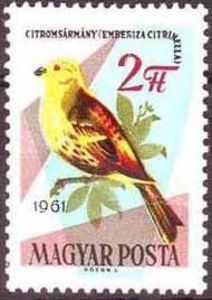Pesticides have major indirect effects on birds via the killing of both invertebrates important for food and also agricultural weeds which provide seed resources and also cover for invertebrates. Several pieces of evidence support the negative relationship between insecticide spraying and vital rates of farmland bird populations. Probably the best example comes from a fully replicated study of the grey partridge (Perdix perdix L.). This study showed that pesticide spraying affected the invertebrate food of partridge chicks, which was correlated with chick survival, and was the main cause of population decline. More recent examples come from another farmland bird specialist, the yellowhammer (Emberiza citrinella). A study showed that arable fields sprayed during the summer were used less frequently than fields not sprayed during the summer by adult yellowhammers foraging for food for their young. The availability of arthropods was depressed up to 20 days after an insecticide spraying event and this negatively affected yellowhammer chick survival. Both herbicide spraying and fungicide spraying have also been shown to be negatively correlated with invertebrate populations and weed populations and so these are also likely to negatively affect farmland bird populations.
Source:
Ailsa J. McKenzie and Mark J. Whittingham (2 0 0 9) Journal of Food, Agriculture & Environment 7 : 8 0 7 - 8 1 4 (attached).

- Log in to post comments
